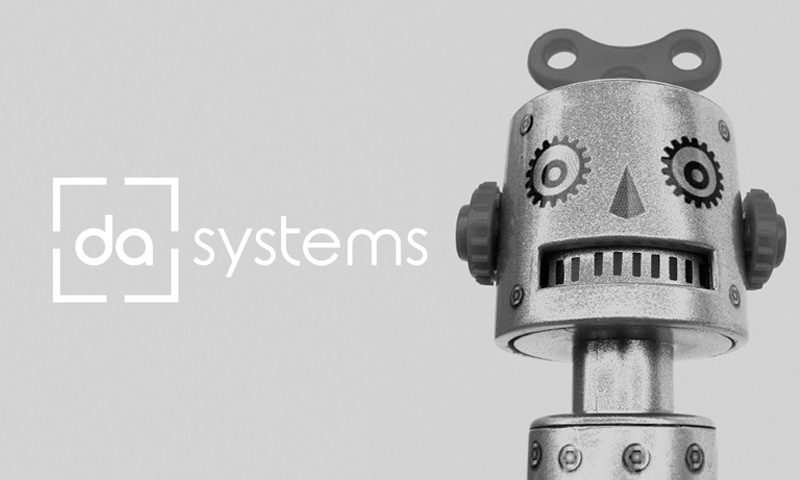IR35 was originally introduced by the Government in 2000 as a tax status test to assess whether a contractor is actually a ‘disguised’ employee, for the purposes of paying tax.
From 6th April 2021, if you are a medium or large business that uses contractors then it is your responsibility to work out the contractor’s employment status for tax purposes – not the contractor. If you are classed as a small business then IR35 still applies, but the responsibility for determining status lies with the contractor.
For the purposes of IR35, a medium-sized company is one that meets 2+ of the following criteria:
- Turnover exceeding £10.2m
- A balance sheet total of £5.1m or more
- 50 employees or more
Are your workers ‘inside’ or ‘outside’ IR35?
Workers are classed as being either ‘inside IR35’ or ‘outside IR35’. Workers who are ‘inside’ are seen as employees by HMRC for the purposes of tax, and those who are ‘‘outside’ are not seen as employees and can continue to work as self-employed.
From 6th April, qualifying businesses (i.e. meeting 2 or more of the qualifying criteria above) will need to issue a ‘Status Determination Statement’ (SDS) to each contractor outlining whether you determine them to be ‘inside’ or ‘outside’, and the reasons for this.
You may not use a blanket determination – i.e. you cannot state ”‘all of my contractors are the same therefore I determine they are…..” If you determine that a contractor is ‘inside’ IR35 the onus is on your business to ensure that the correct tax is paid for that worker. If the worker is ‘outside’ of IR35 the obligation remains with them for correct taxation.
For smaller businesses, if an existing worker deems themself to be an employee for the purposes of tax, and you agree to this determination and continue to use their services, then your business will need to ensure that the appropriate taxes are paid. In this case, it is the contractor’s responsibility to issue an SDS to your business.
The Government has provided a comprehensive tool on their website for checking employment status for tax purposes – stating whether IR35 applies to a contract or not.
The tool is easy to use and the HMRC determination can be saved as a PDF. HMRC have said that they will stand by any decisions that the tool outputs.
I completed the questionnaire, answering the questions honestly as a courier, and the determination was that I fell outside IR35.
Do I need to change how I engage with my contractors?
If your relationship with the contractor is one of genuine self-employment, and the SDS states that they fall outside of IR35, you do not need to make any changes.
If your relationship with the contractor is deemed to fall ‘inside’ IR35 and you wish to maintain the self-employed status of the worker, then you must implement any changes required to ensure that the contractor becomes genuinely self-employed and therefore ‘outside’, and that there is an SDS in place reflecting that.
If you are a small business and a worker determines themselves as ‘inside’ – and you accept this determination – then you are obligated to ensure the correct taxes are paid.
However note that If the worker is deemed as employed then they may be subject to appropriate employee rights and protections, e.g. minimum wage, SSP and paid holiday entitlement.
So, if you accept that a worker determines themselves as ‘inside’, it is imperative that you seek appropriate legal advice on any additional obligations you may incur.
What should I do?
I have been asked this question many times recently and my advice is this:
Given that the courier industry operates, almost without exception, on a contractor model, then it is your responsibility as the ‘fee payer’ (regardless of whether you are a small, medium or large company) to ensure that you engage with your contracted workforce in a way which does not fall foul of the employment status test on the HMRC website.
This includes all the well-known contractor tests such as:
- Levels of supervision, direction and control
- Right of substitution
- Right to decline work (without penalty)
If you are comfortable that the conditions for employment have not been met, and you have an SDS document in place with your contractors evidencing your decision, then both you and your workforce should be able to continue enjoying the flexibility of the contractor arrangement.
And most importantly of all, complete the tests and produce and retain the correct documentation – remember you will be required to evidence this in the event of an inspection.
I hope this article helps provide you with some clarity and reassurance around the impending changes. However, I am not an accountant, a tax advisor or an employment specialist (disclaimer!). So if you are ever in any doubt as to a worker’s tax or employment status you should always seek the appropriate professional advice.




